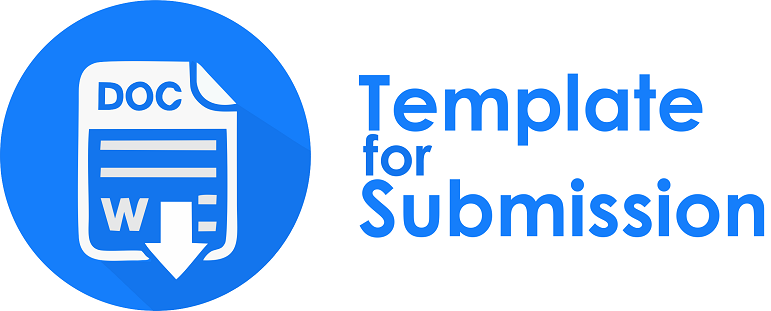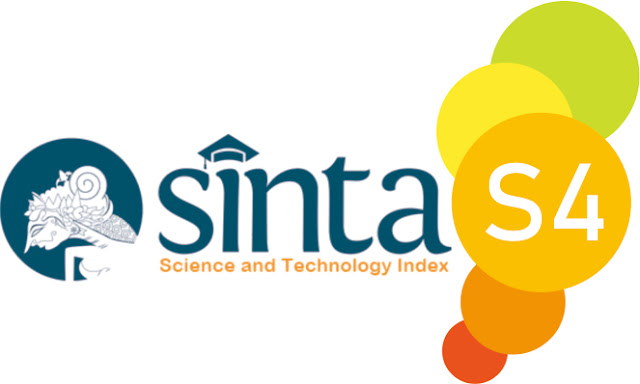Comparison of Three Axiolateral Petromastoid Methods for Informative Anatomy Visualization
DOI:
https://doi.org/10.53861/lontarariset.v6i2.581Keywords:
Radiography, Axioposterior projection, PetromastoidAbstract
Petromastoid examination often shows results that are not in accordance with theory due to variations in examination techniques carried out using several different axiolateral projection methods. This study aims to compare three axiolateral projection radiography methods, namely the Henschen, Schuller, and Lysholm methods, in order to determine which method produces the most informative and high-quality images of petromastoid anatomy. quantitative type with an experimental design, carried out at Padang Pariaman Regional Hospital from June-July 2024 involving three patient samples using a purposive sampling method, as well as five radiology specialist doctors as respondents to fill out the questionnaire. Data processing was carried out using the Friedman statistical test shown in the table. The results showed that the Schuller method, with an angle of 25°, provided the clearest and most complete picture of the petromastoid anatomy with a mean value (2.325) compared to the Henschen and Lysholm methods which was the highest in 1 showing the mastoid antrum, MAE, mastoid process and mastoid air cavity compared to the Henschen method (1.525) and the Lysholm method (2.175). In addition, this method is considered superior in terms of patient comfort and ease of producing informative anatomical images. Based on these results, the Schuller method was identified as the most optimal method for examining the petromastoid, both for diagnostic purposes and improving the quality.
Downloads
Downloads
Published
How to Cite
Issue
Section
License
Copyright (c) 2025 Santa Mareta, Livia Ade Nangsih, Wahdini Hanifah, Dimas Anugrah Pratama

This work is licensed under a Creative Commons Attribution 4.0 International License.
Lontara Journal Of Health Science And Technology is licensed under Creative Commons.
The journal allows the author to hold the copyright of the article without restrictions.
The journal allows the author(s) to retain publishing rights without restrictions.
The legal formal aspect of journal publication accessibility refers to Creative Commons Attribution 4.0 International (CC BY 4.0).
The Creative Commons Attribution 4.0 International (CC BY 4.0) license allows re-distribution and re-use of a licensed work on the conditions that the creator is appropriately credited and that any derivative work is made available under “the same, similar or a compatible license”. Other than the conditions mentioned above, the editorial board is not responsible for copyright violations.











